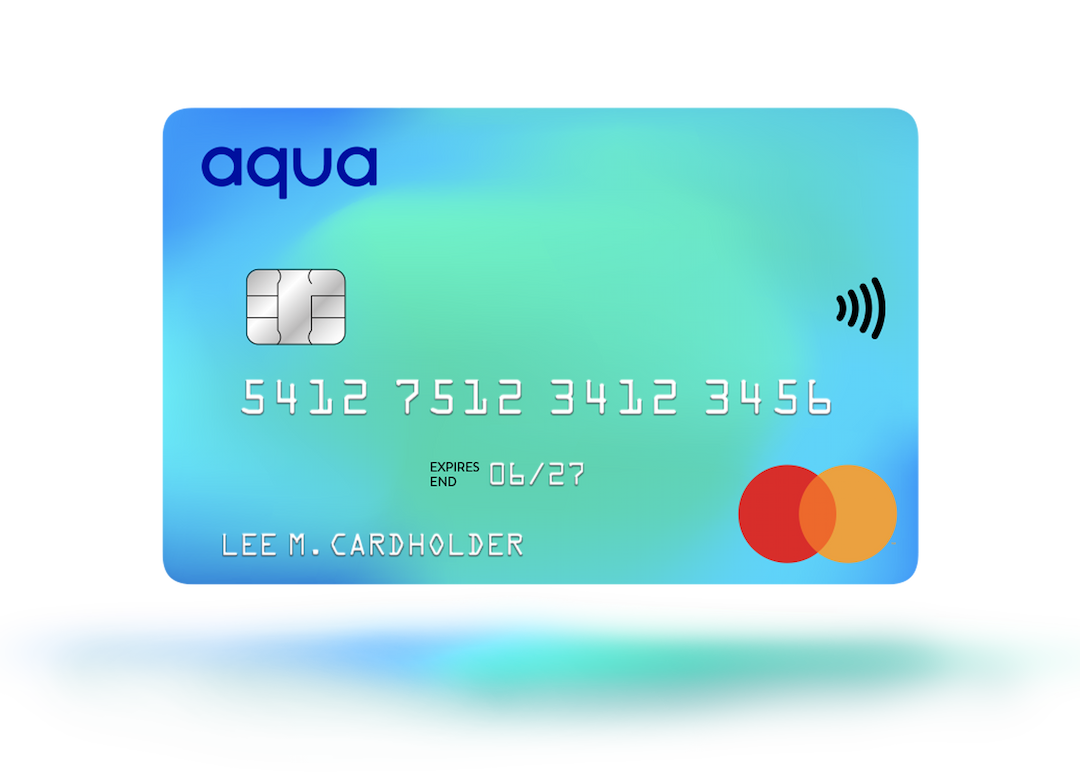How to do a credit card balance transfer in 6 steps
Learn how to do a balance transfer in 6 easy steps. Save on interest and pay off your credit card debt faster with our simple guide.

A credit card balance transfer is when you move a balance from one or more cards to another, usually to consolidate debt, simplify your finances, or take advantage of a promotional period.
Before you request a balance transfer, it’s wise to understand what the process involves and how to make a responsible transfer that benefits you in the long run.
In this article, we’ll explain every step to make a successful credit card balance transfer. All with expert tips and guidance along the way to make the process as smooth as possible.
What is a balance transfer?
A credit card balance transfer gives you the flexibility to manage your finances by consolidating all your existing debt from multiple lenders to a single card.
Not only can it help you stay on track with monthly repayments, but it can also save you money by taking advantage of 0% or low-interest promotional periods.
The amount you can transfer will depend on the terms set out by your lender. With an Aqua balance transfer credit card, the minimum you can transfer is £100, and you can transfer up to 90% of your available credit limit, including the balance transfer fee.
Our comprehensive guide ‘What is a credit card balance transfer?’ dives deeper into the benefits of a balance transfer and how it can help you get back on track with your finances.
How to Transfer Your Credit Card Balance
Here is a step-by-step guide for completing a successful credit card balance transfer.
1. Review your situation
Before you request a credit card balance transfer, review your financial situation. Start by working out how much you need to transfer from one or multiple cards, and whether the total amount falls within the new credit limit offered by your chosen lender.
As with every lender, applicants with a good credit score will typically be offered a higher credit limit, which is further explained in our credit score FAQs. If you’re unsure what your credit score might be, there are multiple checking tools online which won’t affect your credit score.
You should also review the monthly interest you pay with your current lender(s) and the type of debt you need to transfer (e.g. car loan, personal loan). By taking the time to review your situation, you’re more likely to find a path that’s right for you.
2. Compare balance transfer credit cards
As with most things, if it sounds too good to be true, it probably is. So, before you sign up to a balance transfer with a new lender, do your research and read the fine print – especially around any post-promotional rates.
Instead of deciding primarily based on an introductory rate, it’s sensible to check what the new interest rate will be once the promotional period has ended. You should also check if you’ll need to pay a fee on the amount transferred to your new credit card.
With an Aqua balance transfer credit card, you can use the Online Account Manager or the Aqua app to request a balance transfer. Once you’re logged in, select the Balance Transfer option and tell us the card you wish to transfer from and the amount you wish to transfer, and we’ll do the rest.
3. Apply for the new credit card
When you apply for a credit card, you’ll be asked to take an eligibility check which is typically completed in a few minutes with no onward impact on your credit score. For an Aqua credit card, you’ll also need to prove:
· You’re aged 18 or over and have a permanent UK address
· You have a current UK bank or building society account
· You don’t already have an Aqua card and haven’t taken out any marbles, opus, Fluid or Bip card in the past 12 months
· You haven’t been declared bankrupt, had a County Court Judgement (CCJ) or had an Individual Voluntary Arrangement (IVA) in the past 36 months.
Provided you’re accepted for a balance transfer, it’ll be recorded on your credit file which may cause a temporary drop in your credit score.
4. Request a balance transfer
Once you’ve been accepted for a new balance transfer credit card, you can contact your provider by phone or through an online portal to request a balance transfer. You’ll need to state the amount you wish to transfer, as well as any requested card details which are typically found at the top of your card statement.
The amount you can transfer will depend on the terms and conditions specified by your lender. With Aqua, the minimum you can transfer is £100, and you can transfer up to 90% of your available credit limit (including the balance transfer fee).
It’s important to note the impacts of a balance transfer can lower your credit score if too many requests are made across multiple lenders. So, before you make a request, take your time to find a lender that’s right for you.
5. Wait for the transfer to process
It typically takes around three hours for a balance transfer to process, but can take up to three working days depending on your bank. During this time, you should continue to make monthly payments to your old card provider until they confirm the transfer has gone through.
You will usually receive confirmation once the transfer is complete. Or, alternatively, you can check everything’s been actioned by viewing your transactions online or by calling your card provider.
6. Pay down your transferred balance
To make the most of your balance transfer, you should focus on paying off your balance during the 0% or low-interest promotional period.
Once the promotional period has expired, you’ll start paying interest at your standard rate for balance and money transfers – both of which can vary to reflect changes in the Bank of England base rate.
Transferring your existing debt to a balance transfer credit card can give you control of your finances, get ahead of existing debt, and pay your balance with simplified, monthly repayments.
It’s an option many people take to consolidate all their balances into one place, making it easier to avoid late fees and save money by taking advantage of 0% or low-interest promotional periods.
You can apply for a balance transfer credit card by taking our free eligibility check – with no impact on your credit score. Or, if you’re still not sure it’s right for you, here’s more information about our balance transfer credit card.
34.9% APR Representative (variable) for 0% balance transfer Aqua credit card
Failure to make payments on time or to stay within your credit limit means that you will pay additional charges and may make obtaining credit in the future more expensive and difficult.
Contributors

Hayley Bevan
Hayley is an editor at Aqua.

Victoria Smith
Victoria is an editor at Aqua.
You might also like
Slide 1 of 3
What is a balance transfer?
A credit card balance transfer is when you transfer the balance from one card, where you might be paying a higher a...
Victoria Smith

Does a balance transfer affect your credit sc...
Discover the impact of balance transfers on your credit score, as we help you make the best decisions for building ...
Jide Davies

Carrying a credit card balance
Learn what it means to carry a credit card balance and how this could affect your credit score.
Vanessa Stewart
The smart way to build better credit
Aqua is the credit card that gives you the power to improve your credit score
